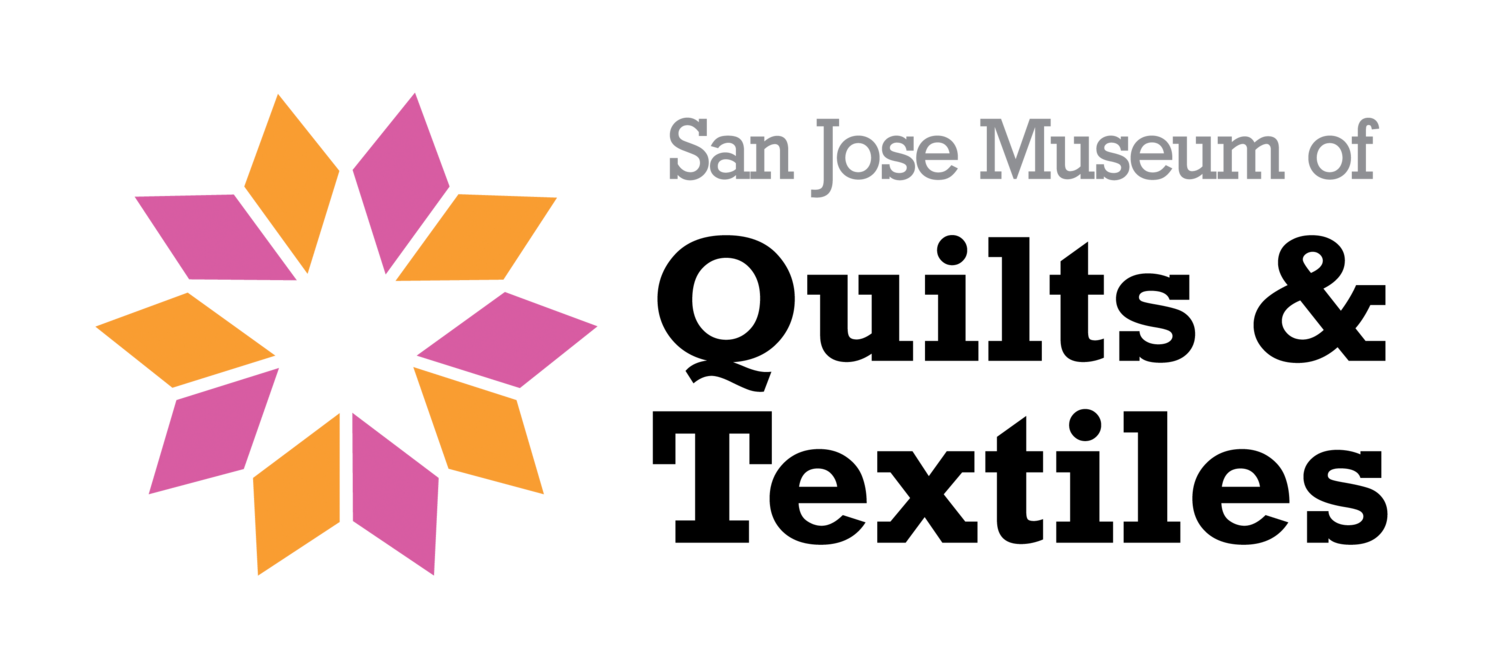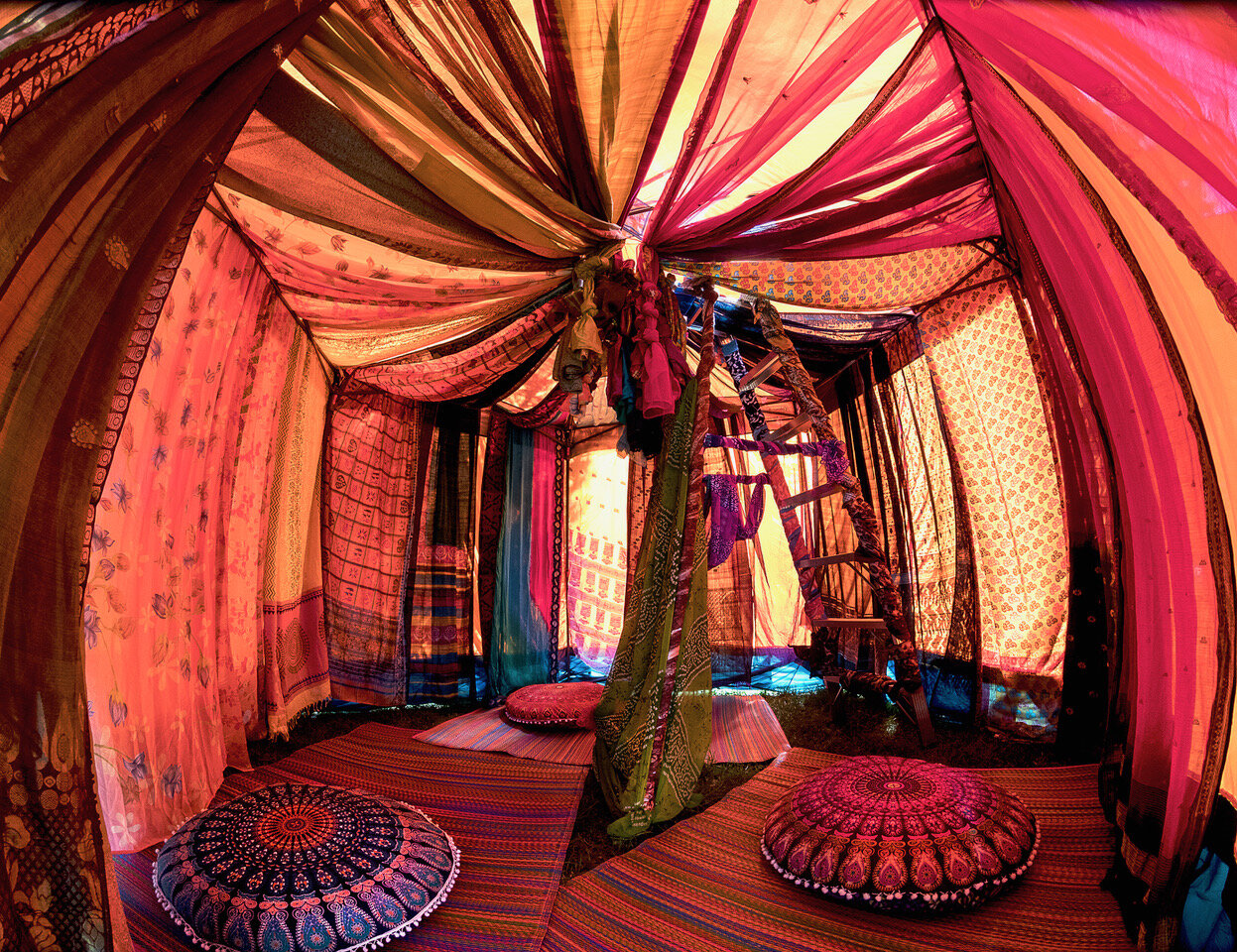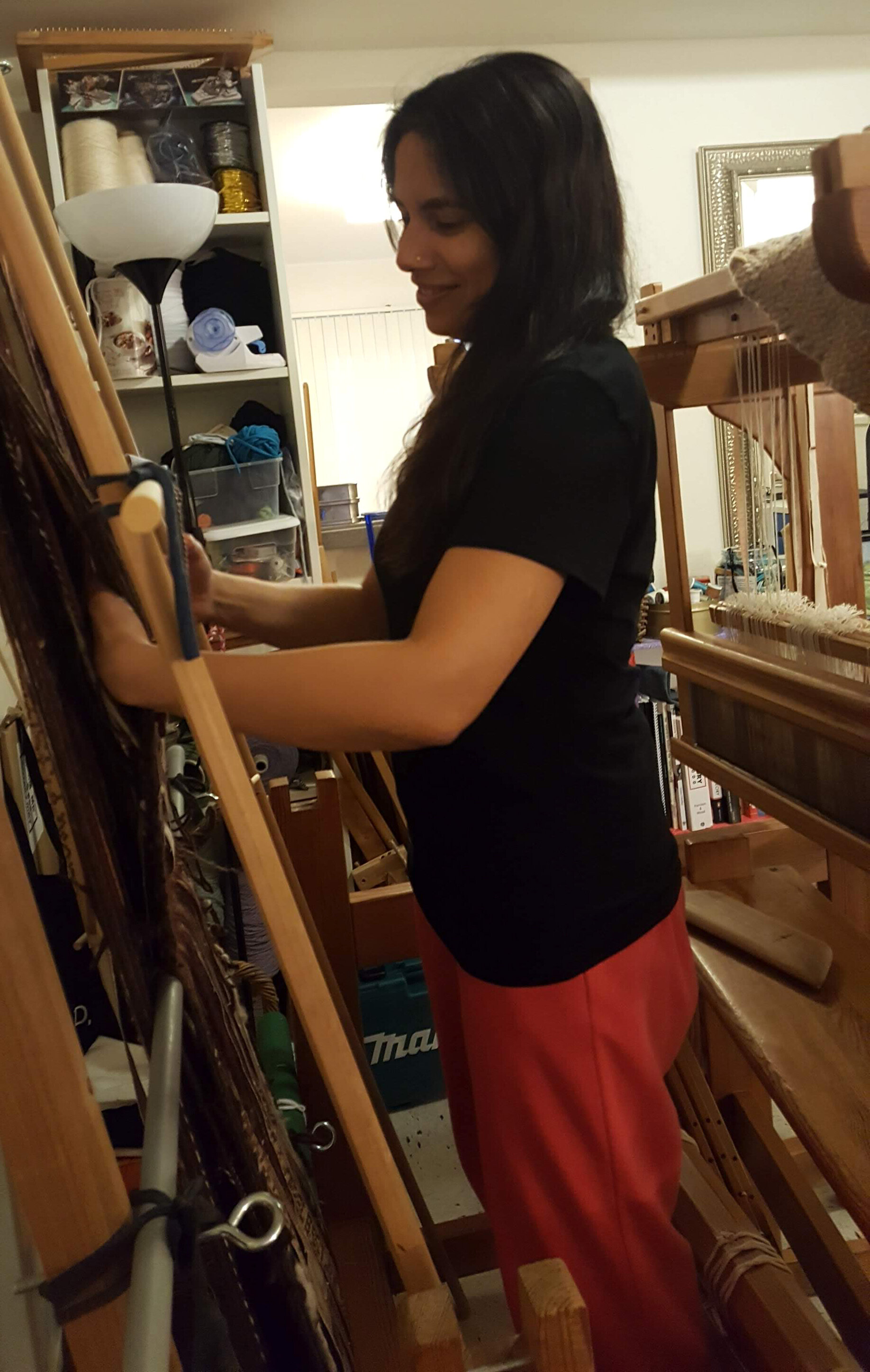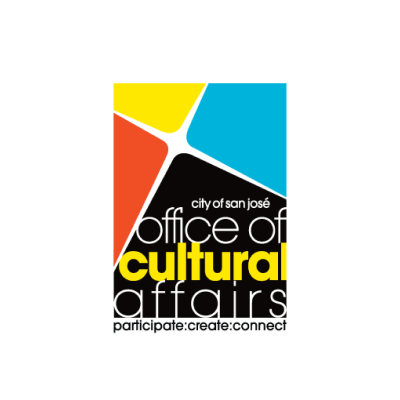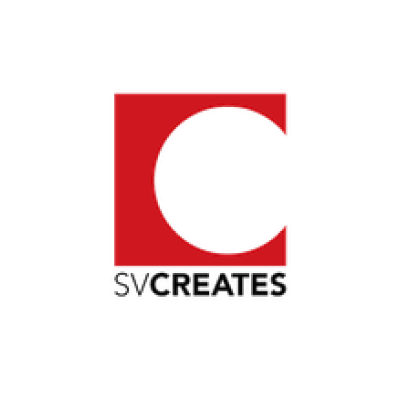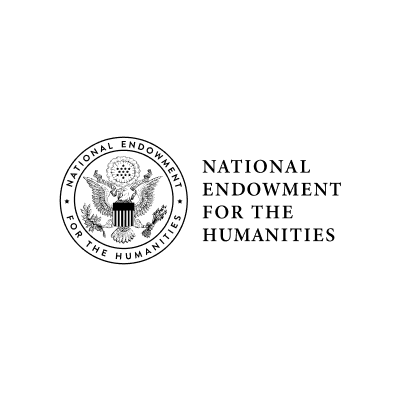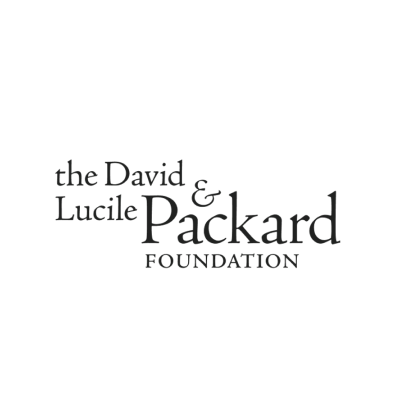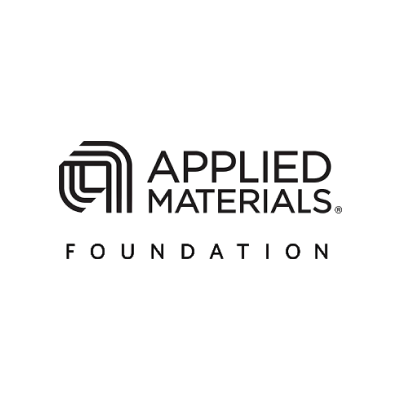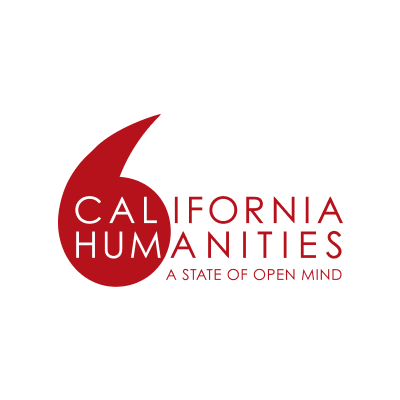Fibers and fabrics have been a constant in my life, since childhood; I learned to sew when I was 11 and have never stopped. At this point it is the medium that feels the most natural, the medium over which I have the most control due to years of experience and practice.
Fibers are a constant in all of our lives, with us from the cradle to the grave, and have long been the medium to which women were restricted; my feminist leanings have cleaved me to this medium as well. I feel really strongly about textiles and fiber art and fiber artists being taken seriously as artists and as an art form, as legitimate as paint or sculpture. There’s a sense of defiance in me, a demand that fiber work not be sidelined.
What artist, who works in a different medium, informs your practice?
Sigrid Calon is a Dutch visual artist whose risograph print work I really love: her work is incredibly graphic, geometric, and intensely colorful. She uses a lot of really intense hues, including neons! I also use a lot of neon in my own prints, so her work is like catnip to me!
Words and type also mean a lot to me; I have a lot of letterpress art in my personal art collection, and I want to start working words into my fiber work more going forward. Kennedy Prints (Amos Paul Kennedy, Jr.) is a letterpress artist I really admire; he uses humor, bold type, bright colors to make statements about politics and race.
What non-art related activity do you do to invigorate your body/mind?
Before the Stay-At-Home order, I made a point to take barre and Pilates classes at least three times a week. I find that getting a little exercise is very clarifying for my mind and body. After the Stay-At-Home order came down, I downloaded a yoga app called Down Dog (which is free until at least May), and most days I try to take about a half hour to do some gentle yoga stretches. As the weeks go on, I hope to ramp up my yoga practice and want to make a point to get out for more walks in my neighborhood (6 feet away from everyone else, of course!).
What is your favorite place to look at art work on the web? In person?
I am a huge Pinterest and Instagram user, so I would say I turn to both of those to discover interesting (new-to-me) artists and art.
